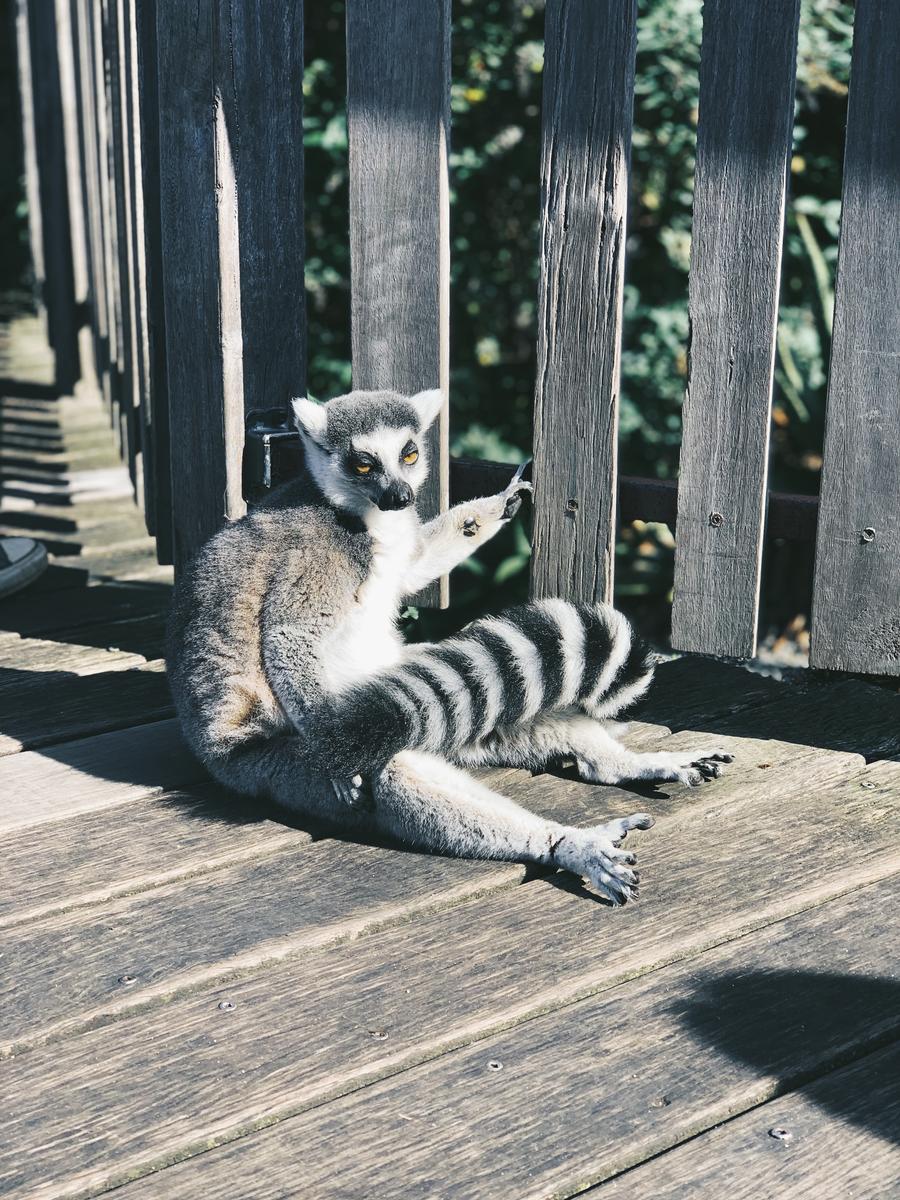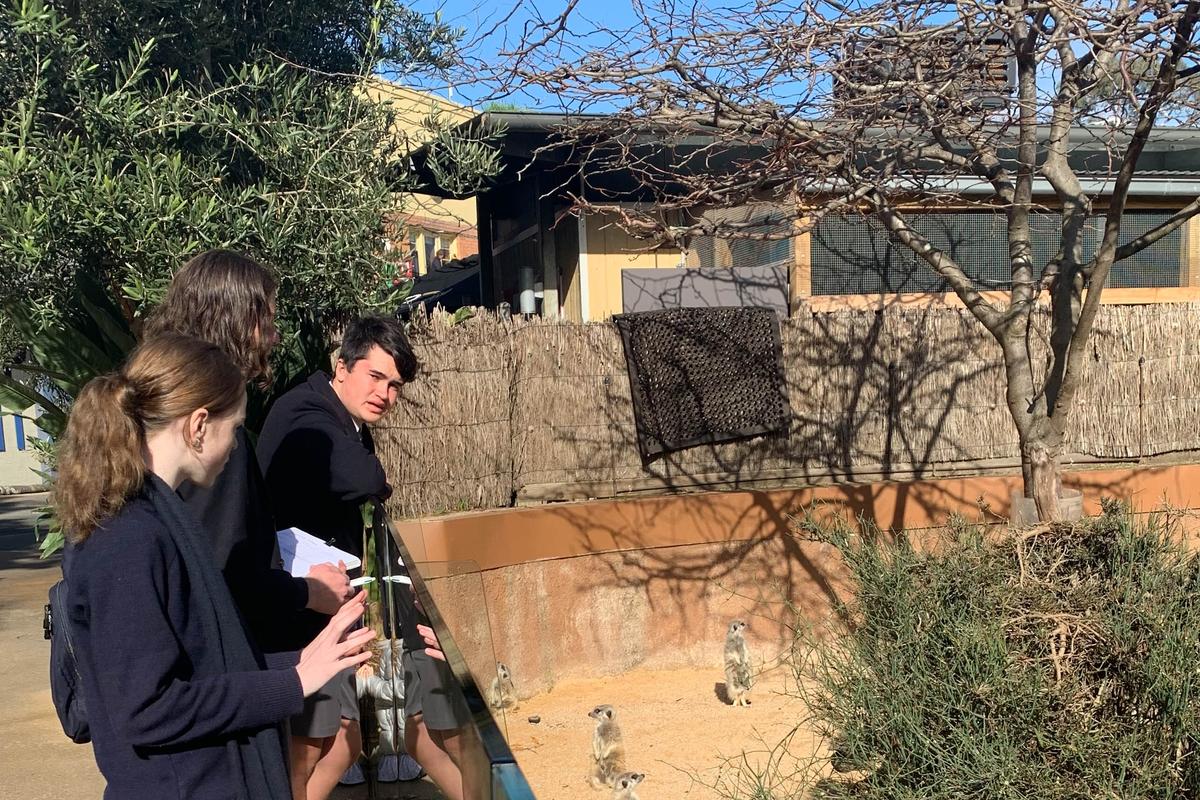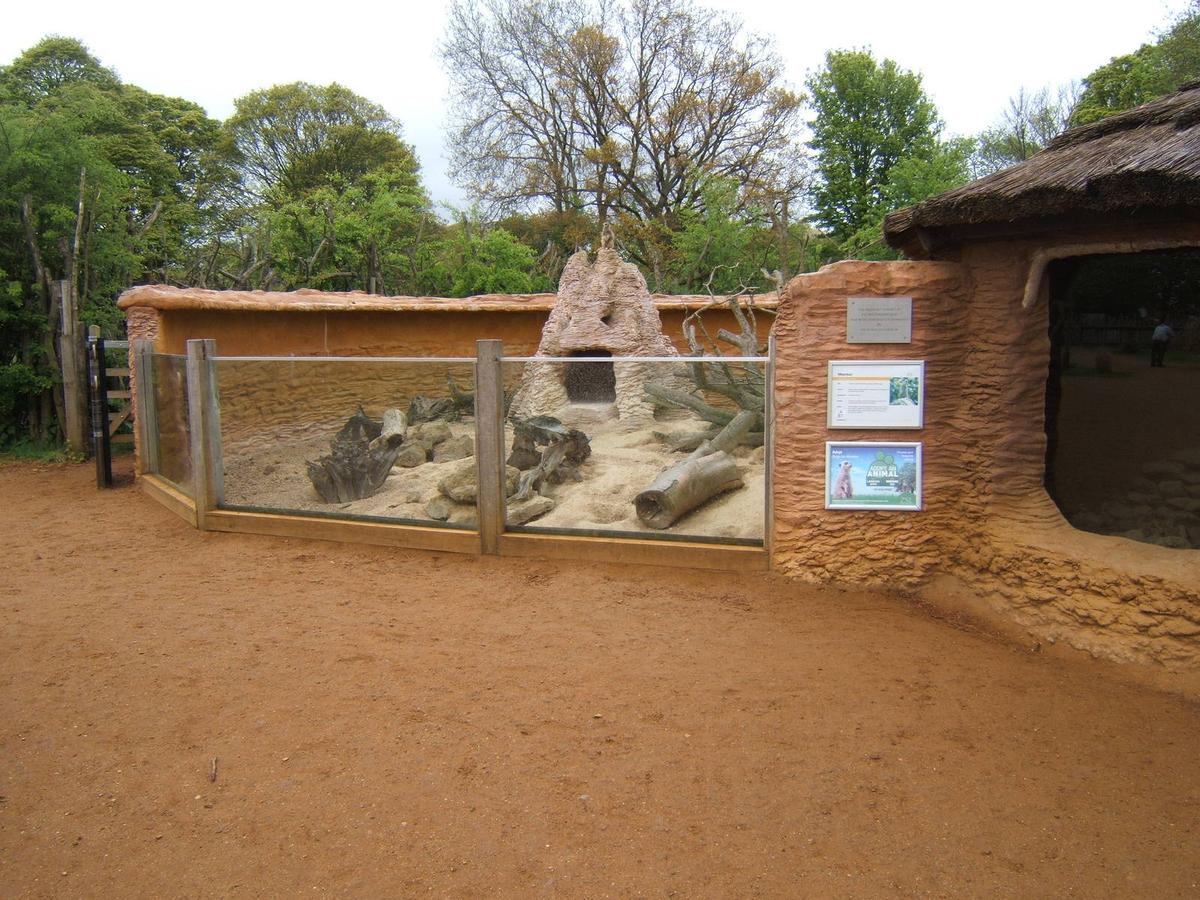SCIENCE

YEAR 10 ENVIRONMENTAL SCIENCE ETHOLOGICAL STUDY
Throughout this semester, the Year 10 Environmental Science class have investigated ecosystem structures and processes, as well as the methods available to monitor these ecosystems. This term our focus has turned to zoo-based conservation and the importance of ethological (behavioural) studies on the zoo-based animals to ensure their continued wellbeing. Groups of students chose an animal from the Melbourne Zoo to research, studying their behaviour in their natural environment (by watching documentaries) to create a catalogue of animal behaviours, known as an ethogram.
Observations about their animal’s behaviour and interactions with the keepers were then made during a field trip to the Zoo on Monday 17 May. A sampling method called ‘all-occurrence sampling’ was used, which records all instances of a given behaviour (e.g. grooming, foraging, etc) performed during a given time period. Students are now analysing their data to assess the changes or absences of species-typical behaviours and to make recommendations of further enrichment that could be provided to help stimulate normal behaviour.
Below are some student reflections:
Meerkats
We chose to conduct our ethological study on the meerkats because they were one of the best ones to see in terms of what they do, etc. The meerkats tend to always have a watcher or guard at all times. One meerkat would get to the highest point of the enclosure and look out, protecting others that were feeding or sleeping. At one time they were eating food and no one was looking out which is odd as they wouldn’t be as aware if a predator was approaching. This wouldn’t happen in their natural habitat. Other common behaviours we observed were grooming, foraging and vocalisations.
Jesse Coates 10C
Gorillas
We chose to observe the troop of gorillas at the Melbourne Zoo because they are interesting to watch. During our observations, the gorillas demonstrated normal behaviour such as resting, grooming, foraging, climbing and socialising. Interestingly, we didn’t see behaviour change as visitor numbers increased over the day.
Jamie Lang 10H
Cherie Marks
Head of Science






